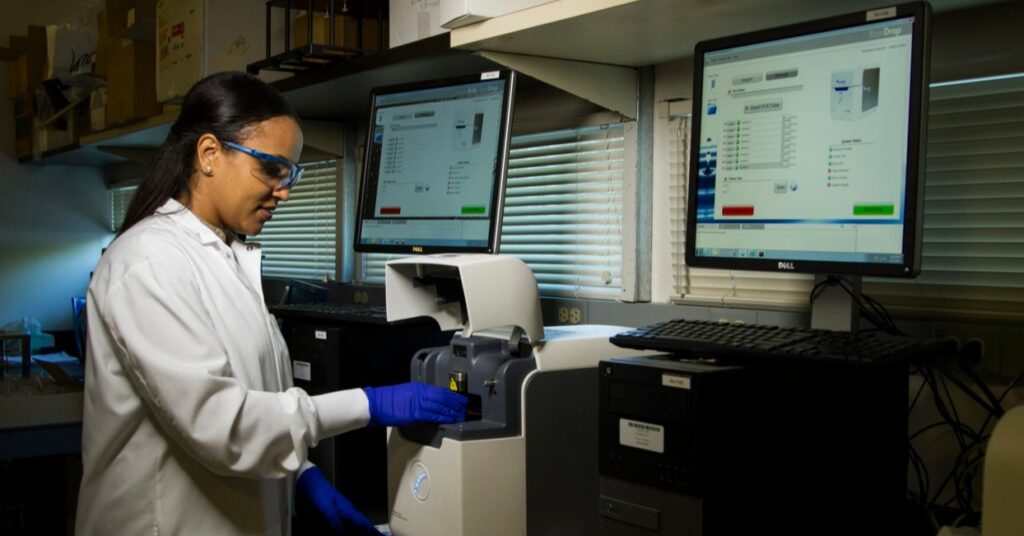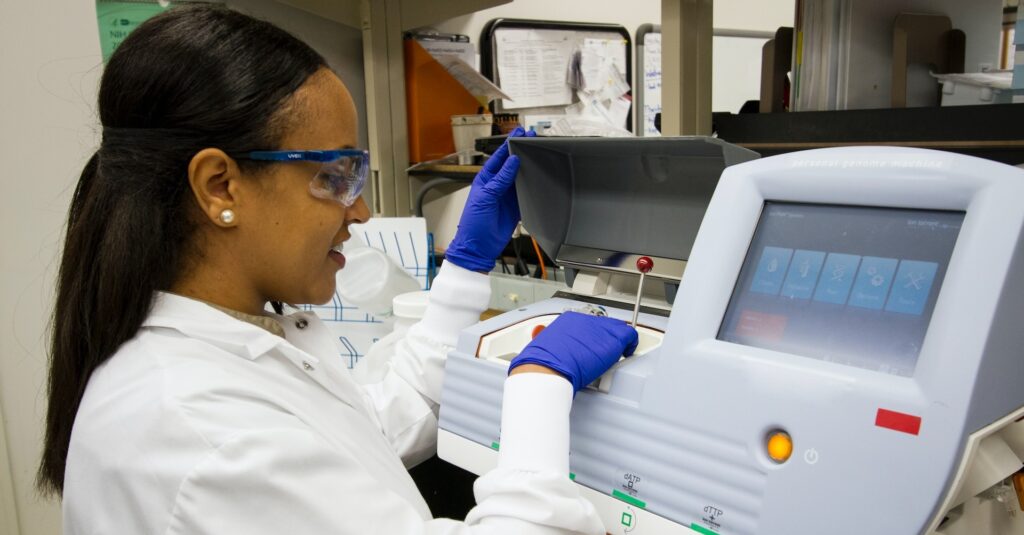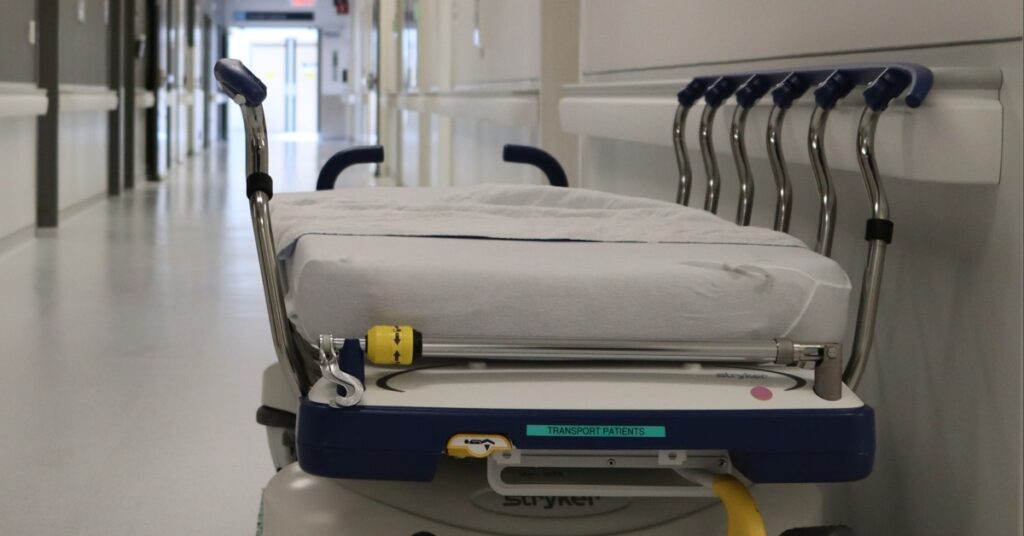
What Is the Epidemiological Triangle?
The epidemiological triad or triangle is an organized methodology used [...]

When F. Scott Fitzgerald wrote, “There are no second acts in American lives,” the first postbaccalaureate premedical program had yet to be invented. When it was more than three decades ago at Columbia University
— hundreds of would-be physicians across the U.S. could begin aspiring to the medical careers that bad grades or lack of science coursework would otherwise have denied them. Today, 207 postbac programs — an increase from 135 in 2012 — make these educational “second acts” possible by offering one to two years of instruction in the premed science curriculum.
Generally, premed postbac programs come in two flavors. The first variety consists of basic science programs for those who never had the coursework in biology, chemistry, organic chemistry, and physics, that all med schools require, usually because these students were not considering a medical career while they were in college.
The second postbac category is an advanced science program for students who took the core premed courses in college but didn’t earn high enough grades to be competitive medical school applicants.
Graduates of these two types of postbac programs constitute roughly 15 percent of current medical school students.
Some universities — such as Penn State — offer programs for both non-premed students who want to enter medicine and premed students who want to strengthen their GPA and test scores before applying to med school. Others, such as Johns Hopkins or UC Davis, focus on serving students in one category or the other.
Postbac programs offer much more than just core (usually full-time) coursework. Most also provide MCAT preparation; hands-on academic mentoring and advising; a formal “committee letter” recommending their students to medical schools; opportunities for lab research, volunteer work, or community involvement; and the option to undertake clinical shadowing during the program or in the “glide year” between graduation and the beginning of medical school. All of this comes at a cost roughly equivalent to a year of undergraduate tuition at many private colleges ($36,000 or more at a prestigious program such as that at Goucher College).
Whether stated explicitly or implied, one of the strongest selling points of postbac programs is giving students the inside track to medical schools, either by way of very high placement rates at medical schools generally, or through a special “linkage” with a limited number of MD programs. These institutional relationships offer a postbac program’s students preferred consideration in exchange for a commitment to attend that medical school if admitted. For example, Johns Hopkins University’s postbac program offers linkages to 12 medical schools, including Weill Cornell, University of Pennsylvania Perelman, Mt. Sinai Icahn, all of which (Hopkins asserts) “have agreed to give special consideration to Hopkins postbac students for direct enrollment.”
Premed postbac programs were established to help students who either didn’t have the undergraduate grades or coursework to be considered attractive candidates in the highly competitive landscape of allopathic medical school admissions in the United States. So it’s worth noting that when these programs trumpet their success in getting students admitted to med school, they are referring, in the vast majority of cases, only to U.S. medical schools. Moreover, the “linkages” and institutional relationships they refer to on their websites are with allopathic (MD) programs, generally not with osteopathic (DO) programs (though postbac programs can certainly help you improve your chances of admission at DO programs as well).
Since this inside track is one of the draws of postbac programs, students considering them should be wary of programs that do not advertise or disclose their success rates — and scrutinize closely the figures of programs that do. Among this latter group are such prestigious programs as:
These schools are among the relatively few postbacs that publish hard numbers on their success rates. Before embarking hopefully on your own “second act,” tread carefully with postbac premed programs that are vague or evasive about their graduates’ successes. There are schools that are doing an outstanding job preparing their students for the competitive medical school admissions process — and you shouldn’t have to wonder if your prospective postbac program is one of them.
Deciding whether to apply — and to which programs — is just the first step. Here are tips for navigating the complexities of the postbac application process.
In general, premed admissions officers are looking for candidates who stand a strong chance of being accepted to — and enrolling in — med school. More specifically, they look for:
There isn’t a standard admissions timeline for premed postbac programs. Some schools — such as Wake Forest — follow a calendar similar to the typical undergraduate schedule, while others offer multiple cycles throughout the year (each with its own set of deadlines), and still others employ rolling admissions. And then there are those like NYU that have distinct cycles but evaluate applications on a rolling basis. In brief, you need to check with each program you’re interested in to learn its deadlines and response timelines.
Postbac premed programs are generally one to two years in duration. Some schools require full-time enrollment and a fixed course load, while others offer students more freedom to pick the courses they want. Some programs allow part-time participation, though this may depend in part on whether they are certificate or degree-granting programs.
There are two types of credits awarded for completing a postbac premed program. Some schools offer graduates a post-baccalaureate certificate (these tend to be for students who were not premed as undergraduates), while others, like Boston University, award master’s degrees to their postbac graduates (or in BU’s case, MS in medical sciences graduates). The advantage of the latter is that, if you ultimately decide not to enroll in or do not complete medical school, you will still have a graduate degree in the sciences to use in pursuit of other career paths. The disadvantage of a master’s degree is that it counts as graduate school and will therefore not improve the undergraduate GPA that medical schools care so much about.
Some postbac premed programs require the GRE or MCAT for admission, so students may have taken the latter before entering these programs. It’s likely that many will retake the MCAT after the program, depending on the program’s structure and the score they received before entering the postbac.
Remember that it takes approximately one month for scores to be returned; factor this in as you plan your med school application cycle. Typically, students will take the MCAT in the spring of their final postbac year or in the summer immediately following completion of their program.
For students enrolled in programs with “linkages,” they may not need to be concerned with this step, as long as they have met the required admissions criteria for their respective partner medical schools.
For other postbac students, they will begin the application process in stages as they are completing or just after their programs. The first step is asking for and gathering letters of recommendation, as well as creating a draft of the med school application essay. Once the postbac program has wrapped up, students will revise the essay and prep for the MCAT. Scores should be returned about one month post-exam, at which point, candidates finish their applications and send them off to their target schools.
Ordinarily, there is a year — the “glide year” — between the time students submit their med school applications and the time they begin med school. This when many students pursue research opportunities, take additional courses, or undertake other health-related pursuits before embarking on their med school educations.
Questions or Feedback? Email editor@noodle.com
Questions or feedback? Email editor@noodle.com

The epidemiological triad or triangle is an organized methodology used [...]

A family nurse practitioner (FNP) provides comprehensive primary health care [...]

FNPs practice in a broad range of health care settings. [...]

Some epidemiologists assist pharmaceutical companies in developing safer medicines. Some [...]

Certifications certainly boost one's resume, demonstrating advanced proficiency in a [...]
Categorized as: Medicine, Nursing & Healthcare